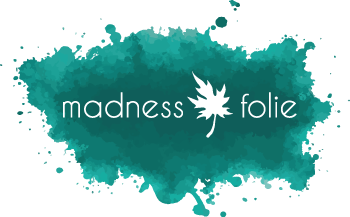Nurturing Survival Culture
A multitude of voices and perspectives find expression in the projects profiled on these pages. Don Weitz and Bonnie Burstow, editors of the pathbreaking Shrink Resistant collection, argue that psychiatry should be abolished entirely. Many of the recommendations that came out of the 2013 Maladjusted theatre project, in contrast, argue for increased funding and more doctors and mental health workers. Interviewed in 1993 by Irit Shimrat for her luminous collective biography of the mad movement, Lanny Beckman, himself the instigator of MPA, Canada’s first survivor organization, told Irit that it was important that she understand that they didn’t have to agree. Difference, and the acceptance of difference, threads through the rich history of our culture, enhancing the power of art to give voice, create community, and foster social justice.
Sharing one’s story on one’s own terms can be an empowering and transformative experience. It is also risky and difficult and is best done in the context of a supportive community, as many of those profiled in this project have pointed out. Without the support of the lesbian feminist community in Vancouver, for example, neither of the Still Sane projects would have been possible. Likewise, Montreal’s Solidarité Psychiatrie members needed community to keep their organization alive and to make it safe to share the personal stories that brought mad film to a Canadian audience.
Survivor Culture also requires a receptive audience. Some of the books profiled here – Shrink Resistant, Call Me Crazy and La Folie comme de raison – were published for a survivor readership and were critical to the growth of collective/community identity. It’s important to have “niche” projects like these in nascent communities where artists and writers can generate, explore, and build on ideas. The same could be said for many early books in the queer movements and feminist movements. It’s also essential to have projects that spread survivors’ ideas into wider milieus. Still Sane did this in the 1980s by building bridges between mental health and lesbian feminist communities. Thirty years later, Crazymaking did this by fostering solidarity between survivor and Indigenous communities. The Maladjusted theatre project purposefully emphasized the broad-ranging impact of mental health concerns, asking audience members to raise their hand if the issues in the play resonated for them. Every night most hands in the audience went up.
Yet while community was vital to all of the projects, success often rested on the actions of key individuals. The passion and dogged hard work of people like Don Weitz, Bonnie Burstow, Irit Shimrat, Tania Willard, Robert Letendre and Chantal Saab meant that books were published, art shows took place, and the individual became the collective.
And of course all of these projects needed funding to make them public. In some cases, established, progressive arts organizations with solid funding bases like Theatre for Living and Gallery Gachet produced ventures. In other cases, individuals who initiated the projects had to raise most of their own funds, and here community support was essential. Significantly, every single project profiled on these pages benefited from state funding – grants from Canada Council on the Arts and provincial arts grants. The trend of decreased funding for arts and community organizations jeopardizes the capacity of artists and survivors to create vital projects like those profiled here.
